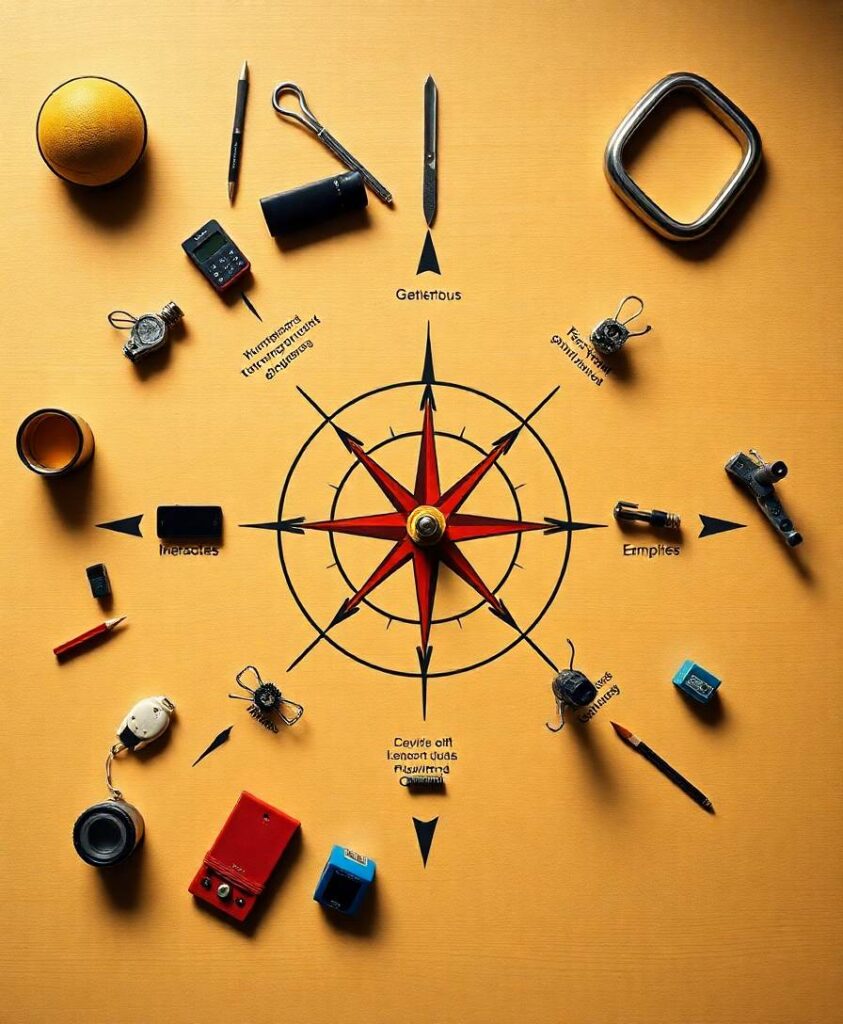Memory isn’t a simple recording process—it’s a dynamic, interactive phenomenon shaped by our social connections. This groundbreaking study explores how statistical learning influences how we remember information during collaborative tasks. By examining how partners process words and create shared mental representations, researchers uncovered fascinating insights into how our brains adapt and coordinate during joint activities.
The implications stretch far beyond laboratory experiments. Understanding how we co-represent information could transform our approach to teamwork, education, and interpersonal communication. Imagine classrooms where students naturally enhance each other’s learning, or workplaces where collaborative memory becomes a strategic advantage. This research opens a window into the sophisticated ways our brains negotiate shared cognitive spaces, suggesting that our potential for connection and mutual understanding runs deeper than we previously recognized.
Abstract
Previous research suggests that statistical learning enhances memory for self-related information at the individual level and that individuals exhibit better memory for partner-related items than they do for irrelevant items in joint contexts (i.e., the joint memory effect, JME). However, whether statistical learning improves memory for partner-related information in joint contexts remains unclear. This study investigated memory performance for partner-related words when higher level statistical regularities were embedded in word streams during a joint memory task. Participants performed a word categorization task, followed by a surprise free recall task across four experiments. Experiment 1 replicated the JME, revealing improved memory for partner-related items than for irrelevant items when using Chinese words with increased repetition. Experiment 2 embedded semantic regularities within partners’ word streams; Experiment 3a employed regularities based on non-adjacent fixed temporal positions; and Experiment 3b employed regularities based on adjacent fixed temporal positions. Results showed that the JME was enhanced only when semantic regularities were present (Experiment 2) and not with temporal positional rules (Experiments 3a and 3b). These findings suggest a hierarchical structure of co-representation and show that co-represented statistical regularities facilitate the processing of partner-related words, but only when the regularities align with partners’ intentions. This study advances our understanding of co-representation in joint action by highlighting its hierarchical nature, and the top-down interaction between structural levels.

